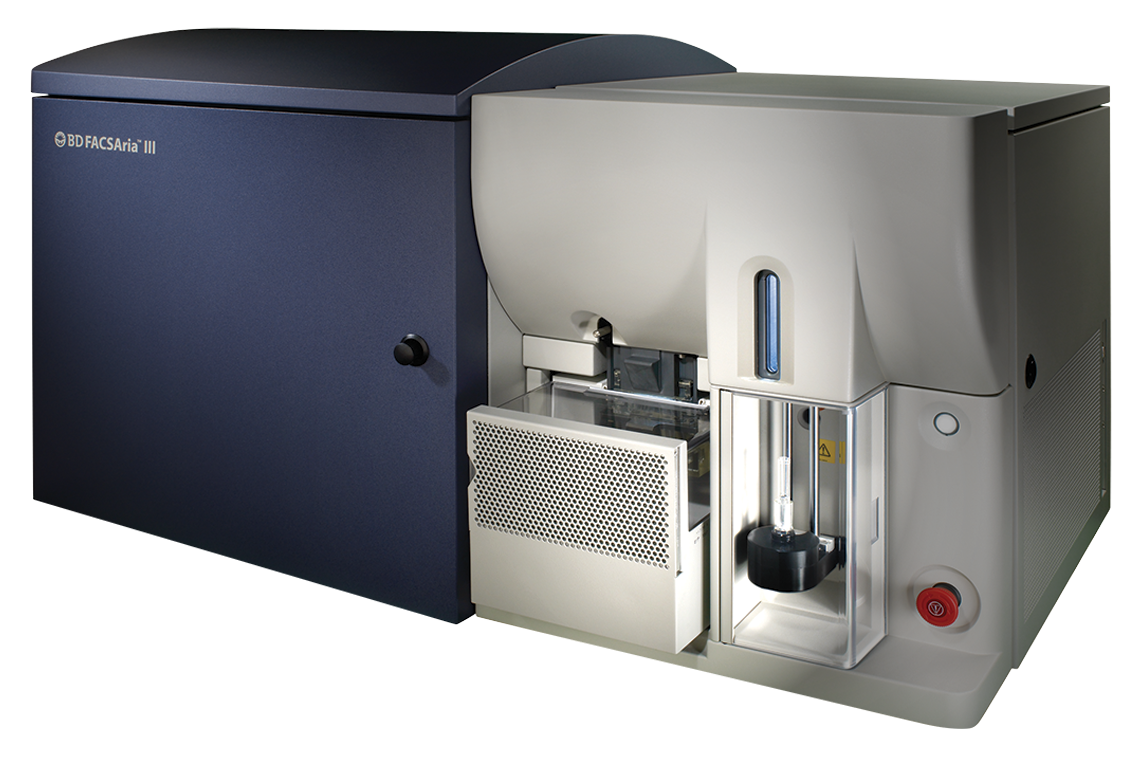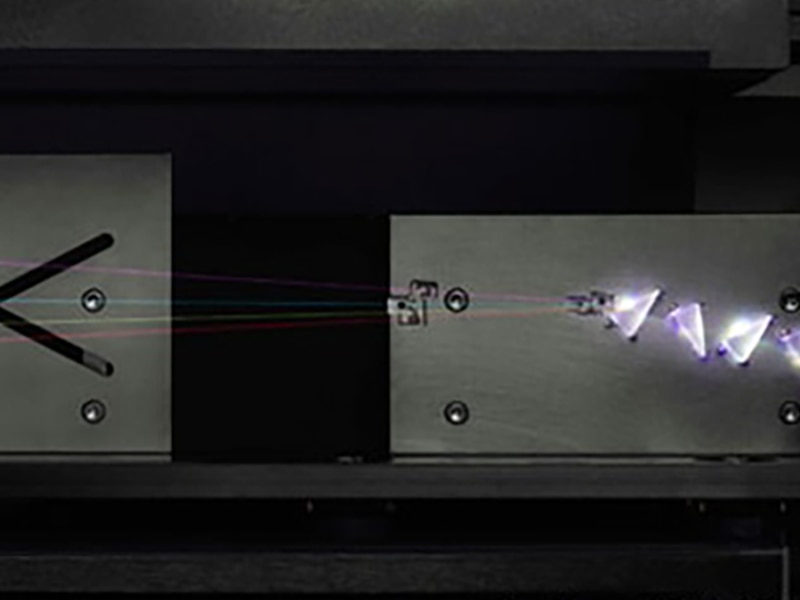-
Reagents
- Flow Cytometry Reagents
-
Western Blotting and Molecular Reagents
-
Flow Cytometry Reagents
- Immunoassay Reagents
- Single Cell Multiomics Reagents
-
Cell Preparation
-
Functional Assays
-
Microscopy and Imaging Reagents
- Western Blotting And Molecular Reagents
- Cell Preparation Separation Reagents
- Functional Cell Based Reagents
- Microscopy Imaging Reagents
- Single Cell Multiomics Reagents
- Single Cell Multinomics Reagents
-
Protocols
- BSB Protocol
-
Setting Compensation Multicolor Flow
-
Tissues Section Stain
-
Immunomicroscopy
-
Immunohistochemical
-
Immunofluorescence
-
Frozen Tissue
-
Parafin Sections
-
Fix Perm Kits
-
Protocol Direct Immunofluorscence Staining
-
Uses of Fc Block
-
Stain Lyse Wash
-
Stain Lyse No Wash
-
Mouse Splenocytes
-
Mouse Rat Leukocytes
-
Isotype Control
-
Indirect Staining Mononuclear Cells
-
Immunopurification
-
Human PBMCs
-
Human Whole Blood Samples
-
Escapee Phenomenon
-
Agarose Conjugates
-
Anti Phosphotyrosine Biotin Conjugates
-
Soluble Antibodies
-
Rabbit Polyclonal Antibodies
-
Monocloncal Antibodies
-
Horseradish Peroxidase
-
Certified Reagents
-
Biotinylated Antibodies
-
Agarose Conjugates X712261
-
Surface Staining
-
Platelet Activation
-
Intracellular Staining
-
Indirect Immunofluorescence
-
Mouse Ige
-
Cytokine Elisa
-
Induction Fas
-
Induction Dx2
-
Apoptosis By Treatment Staurosporine
-
Cell Death
-
Apo Brdu
-
Apo Direct
-
Human Cyclins
-
Detection Ki 67
-
Brdu Detection
-
Targeted mRNA Protocols
-
WTA Protocols
-
360040667732 Protocols
-
360023293831 AbSeq Protocols
-
360039007471 VDJ CDR3 Protocols
-
Annexin V Staining Protocol
-
Western Blotting with Horseradish Peroxidase Conjugates or Alkaline Phosphatase Conjugates
-
Tissue Preparation for Surface Antigen Staining
-
Account Support
-
Account FAQs
- Account FAQ Answer 1
- Account FAQ Answer 2
- Account FAQ Answer 3
- Account FAQ Answer 4
- Account FAQ Answer 5
- Account FAQ Answer 6
- Account FAQ Answer 7
- Account FAQ Answer 8
- Account FAQ Answer 9
- Account FAQ Answer 10
- Account FAQ Answer 11
- Account FAQ Answer 12
- Account FAQ Answer 13
- Account FAQ Answer 14
- Account FAQ Answer 15
- Account FAQ Answer 16
- Account FAQ Answer 21
- Create Account
- Manage Account Settings
-
PrivacyPolicy
-
Terms and Conditions
-
Account FAQs
-
- Account FAQ Answer 1
- Account FAQ Answer 2
- Account FAQ Answer 3
- Account FAQ Answer 4
- Account FAQ Answer 5
- Account FAQ Answer 6
- Account FAQ Answer 7
- Account FAQ Answer 8
- Account FAQ Answer 9
- Account FAQ Answer 10
- Account FAQ Answer 11
- Account FAQ Answer 12
- Account FAQ Answer 13
- Account FAQ Answer 14
- Account FAQ Answer 15
- Account FAQ Answer 16
- Account FAQ Answer 21
- Korea (English)
- Korea (Korea)
-
국가 / 언어 변경
Old Browser
Overview
The BD FACSAria™ III Cell Sorter is built on the solid foundation of patented technologies, superior multicolor performance and legendary ease-of-use that opened the complex world of cell sorting to a broader audience of researchers and wider range of research applications.
The fluidics and optical systems are precisely integrated to maximize signal detection. A patented flow cell with gel-coupled cuvette and patented octagon and trigon detection system allow the system to achieve high sensitivity and resolution.
Get more information from the BD FACSAria™ III Sorter brochure.


- Chapters
- descriptions off, selected
- subtitles settings, opens subtitles settings dialog
- subtitles off, selected
This is a modal window.
The Video Cloud resource was not found.
Beginning of dialog window. Escape will cancel and close the window.
End of dialog window.
This is a modal window. This modal can be closed by pressing the Escape key or activating the close button.
This is a modal window. This modal can be closed by pressing the Escape key or activating the close button.
The BD FACSAria™ III Sorter enables high-performance analysis and high-performance sorting
Through the precise coordination of the optical and fluidics systems, the BD FACSAria™ III System delivers exceptional optical detection sensitivity

- Fixed alignment of the cuvette flow cells and the laser minimizes startup time, improves experiment-to-experiment reproducibility, reduces operator-to-operator variability and enables automated daily quality control
- Innovations in the fluidics system such as easy-to-insert nozzles and easy-to-change filters make setup fast and simple
- Software wizards in BD FACSDivaTM Software make aseptic sort setup easy and effective
- BD FACSTM Accudrop technology simplifies drop-delay determination
Get more information about the optics, fluidics and electronics of the BD FACSAria™ III Sorter from the system brochure.
The BD FACSAria™ III Sorter provides increased efficiency for multicolor detection, flexibility to expand and lower cost of ownership
The BD FACSAria™ III Sorter’s optical system efficiently maximizes signal detection and greatly increases sensitivity and resolution for each color in a multicolor assay

- Enhanced sensitivity and resolution ensure that even dim populations can be readily identified and sorted
- The system can support five lasers and four spatially separated beam spots. Choose up to six laser wavelengths—633, 561, 488, 405, and 355 nm—and up to 20 detector positions, to measure up to 18 colors simultaneously
- The system can be expanded with additional lasers via a field upgrade. You can design a configuration that meets your lab’s budget and site requirements today and have a growth path for the future
APPLICATIONS
Differentiating H9 cells. A combination of three different fluorescent antibodies were used to identify both undifferentiated (TRA-1-81 and SSEA-3) and differentiated (SSEA-1) pluripotent stem cells. This combination of markers has been widely used to characterize and isolate differentiated and undifferentiated stem cells derived from hESCs and iPS cells.


Representative FoxP3 staining of sorted Tregs. To determine purity, as defined by FoxP3+ status, a portion of the cells was stained with an anti-human FoxP3 antibody conjugated to the BD Horizon™ V450 Dye. Data is representative of 10 experiments.

-
Brochure
-
Application Notes
-
Decontamination of the BD FACSAria™ II System Using the Prepare for Aseptic Sort Procedure
-
Human Regulatory T-Cell Isolation and Measurement of Function
-
Identification and Functionality of Adult Mouse Hematopoietic Stem Cell Side Populations after Enrichment on the BD FACSAria II Flow Cytometer Equipped with a 375-nm Near UV Laser
-
Qr and Br in BD FACSDiva™ Software: Parameters for Characterizing Detector Performance
-
Reduction in Endotoxin Levels After Performing the Prepare for Aseptic Sort Procedure on the BD FACSAria™ II Flow Cytometer
-
Filter Guides
-
Frequently Asked Questions
-
Product Information Sheets
-
Quick Reference Guides
-
Job Aids
-
Technical Specifications
-
User's Guides and Manuals
-
Videos
-
Webinars
-
Cross-Instrument and Cross-Site Standardization Using BD FACSDiva Software's Custom Application Settings: Part II of II
-
Cross-Instrument and Cross-Site Standardization Using BD FACSDiva Software's Custom Application Settings: Part I of II
-
Decontamination of the BD FACSAria II: Is the "Prepare for Aseptic Sort Procedure" Effective?
-
Instrument Characterization and Performance Tracking for Digital Flow Cytometers
-
Using the BD® Cytometer Setup and Tracking (CS&T) System for Instrument Characterization and Performance Tracking
BD flow cytometers are Class I (1) laser products.
For Research Use Only. Not for use in diagnostic or therapeutic procedures.
Cy™ is a trademark of GE Healthcare. Cy dyes are subject to proprietary rights of GE Healthcare and Carnegie Mellon University and are made and sold under license from GE Healthcare only for research and in vitro diagnostic use. Any other use requires a commercial sublicense from GE Healthcare, 800 Centennial Avenue, Piscataway, NJ 08855-1327, USA.
Pacific Blue™ is a trademark of Thermo Fisher Scientific.
23-22928-00
Report a Site Issue
This form is intended to help us improve our website experience. For other support, please visit our Contact Us page.

